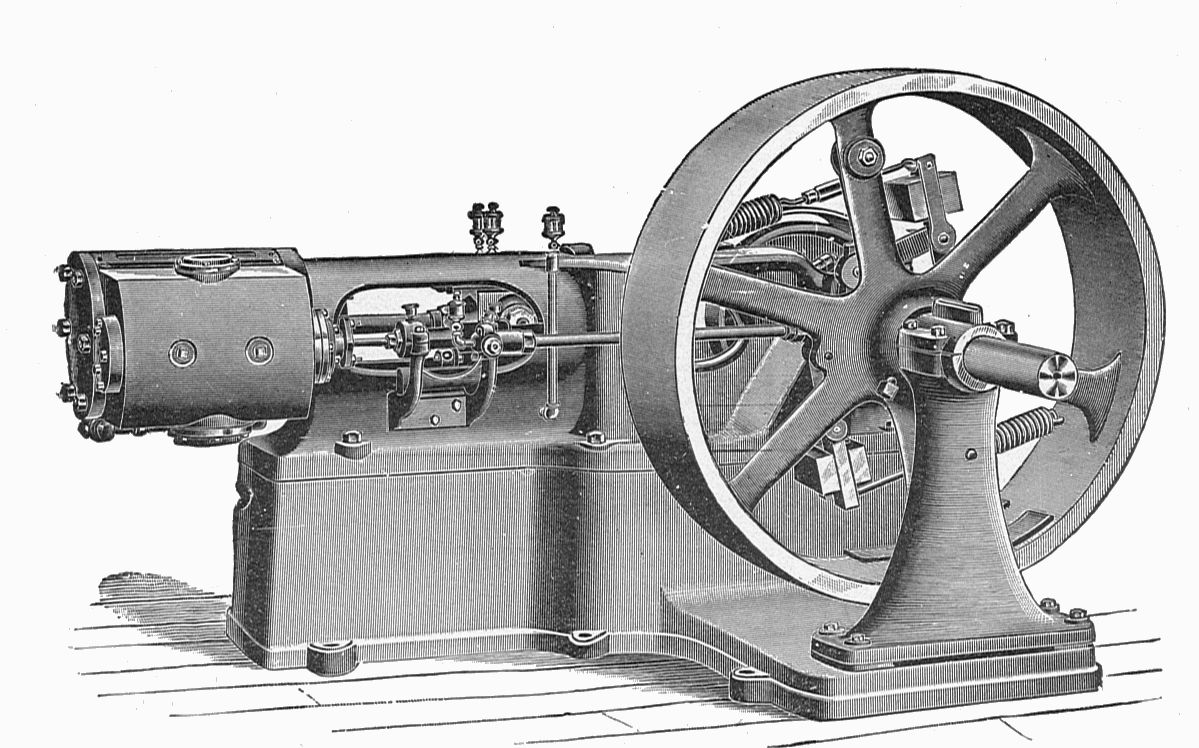Motor invention: Fact or Fiction?
Hey there, buckle up for the ride! Let's unveil the truth about the latest motor invention

Source steemit.com
When Was the Motor Invented?
The Beginnings of Mechanics
The concept of mechanics has been around since ancient times. Inventors explored the principles of force and motion. They experimented to develop mechanical devices that could perform different tasks. Some of these inventions included the water wheel, windmill, and steam engine.
The steam engine played a crucial role in the Industrial Revolution. It powered factories, ships, and trains. However, it had several drawbacks. The steam engine was bulky, required a lot of maintenance, and was not very efficient. This led to the development of the electric motor and combustion engines.
The Birth of the Electric Motor
The first electric motor was invented in 1821 by Michael Faraday. He discovered that an electric current could cause a wire to rotate around a magnet. Faraday's invention was a breakthrough in the field of electromagnetism. It paved the way for the development of electric power generation and distribution systems.
Electric motors are used in a variety of applications today. They power appliances, machines, and automobiles. They are efficient, quiet, and reliable. Electric motors have revolutionized many industries, including transportation, manufacturing, and healthcare.
Pioneers of Combustion Engines
A variety of inventors contributed to the development of combustion engines in the 19th century. Etienne Lenoir, Nikolaus Otto, and Rudolf Diesel were among the pioneers.
Lenoir built the first practical internal combustion engine in 1859. His engine used a mixture of coal gas and air to create an explosive mixture. The explosion drove a piston, which turned a crankshaft. Lenoir's engine was not very efficient, but it laid the foundation for further development.
Otto built the first four-stroke engine in 1876. His engine used a mixture of fuel and air that was compressed by a piston. When the mixture ignited, it drove the piston down and turned a crankshaft. Otto's engine was more efficient than Lenoir's because it used the pressure of the fuel-air mixture to drive the piston.
Diesel invented the diesel engine in 1892. His engine used compressed air to ignite fuel oil. The resulting explosion drove the piston down and turned a crankshaft. Diesel's engine was more efficient than Otto's because it used a higher compression ratio and could burn fuel more efficiently. It became popular in heavy-duty applications, such as trucks, boats, and power plants.
In conclusion, the motor has a rich history that spans centuries. It has evolved from simple mechanical devices to sophisticated electromechanical systems. Today, motors power much of the modern world. They are essential to our daily lives and will continue to play a crucial role in the future.
The Rise of the Internal Combustion Engine
The invention of the motor paved the way for the rise of the internal combustion engine. At the turn of the 20th century, advancements in technology and engineering resulted in new innovations that led to the widespread adoption of this new source of power.
The Henry Ford Era
The introduction of mass production techniques by Henry Ford made the internal combustion engine more accessible to the general public. Ford's assembly line method allowed for the rapid production of affordable automobiles, which in turn increased demand for more efficient engines.
As more people began to own cars, the need for better engines became more apparent. This led to critical advancements in engine design as engineers and scientists worked to increase performance and reduce fuel consumption.
Advancements in Engine Design
Throughout the 20th century, advancements in engine design have continued, resulting in improved efficiency, fuel economy, and power. These developments have led to more efficient vehicles and have made the internal combustion engine the primary source of power for cars, trucks, and other vehicles around the world.
One of the most significant advancements in engine design is the development of computer-controlled electronic fuel injection systems. These systems ensure the correct amount of fuel is delivered to the engine, which improves fuel economy and reduces emissions. Other advancements include the introduction of variable valve timing and turbocharging, which have further increased engine power and efficiency.
Emerging Technologies
Today, alternative technologies such as electric and hybrid engines are gaining momentum as the world seeks more sustainable ways to power transportation. While the internal combustion engine remains the primary source of power for most vehicles, these emerging technologies offer promising alternatives for the future.
Electric vehicles, for example, are becoming increasingly popular, thanks to their zero-emissions performance and low operating costs. While they are still in the early stages of development and adoption, it is clear that they will play an essential role in the future of transportation. Similarly, hybrid engines that combine electricity and gasoline power offer improved fuel economy and reduced emissions.
Conclusion
The invention of the motor paved the way for the rise of the internal combustion engine, which has become the primary source of power for modern-day transportation. Advancements in engine design and emerging technologies continue to push the boundaries of efficiency, fuel economy, and sustainability, offering promising new alternatives for the future.




Post a Comment for "Motor invention: Fact or Fiction?"